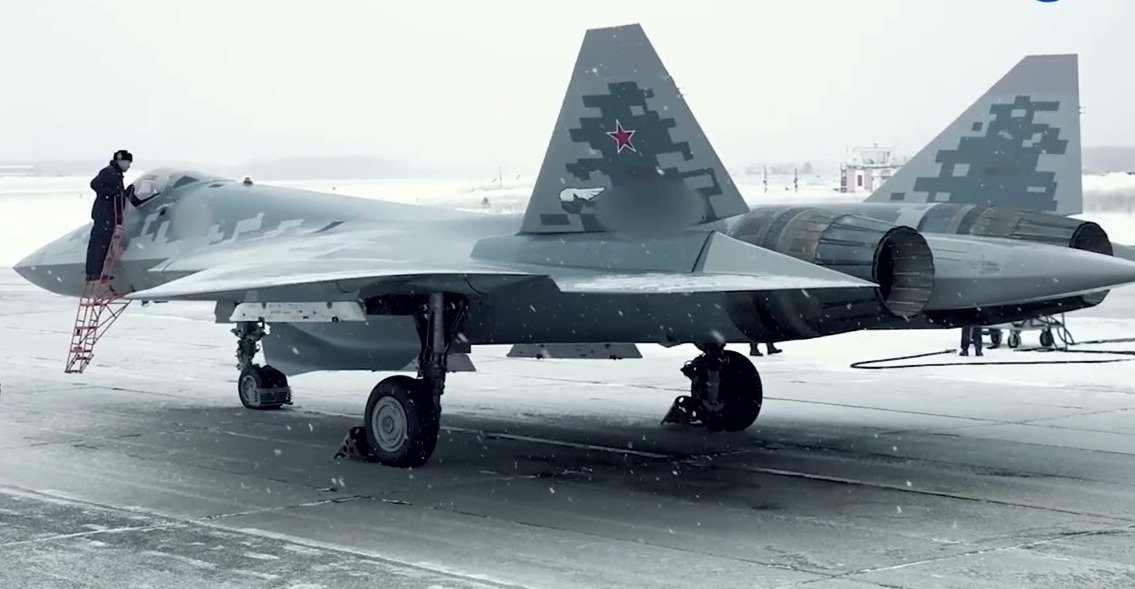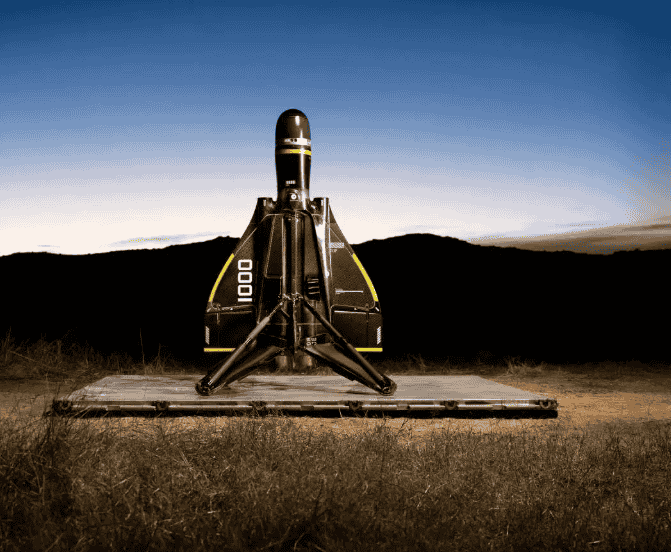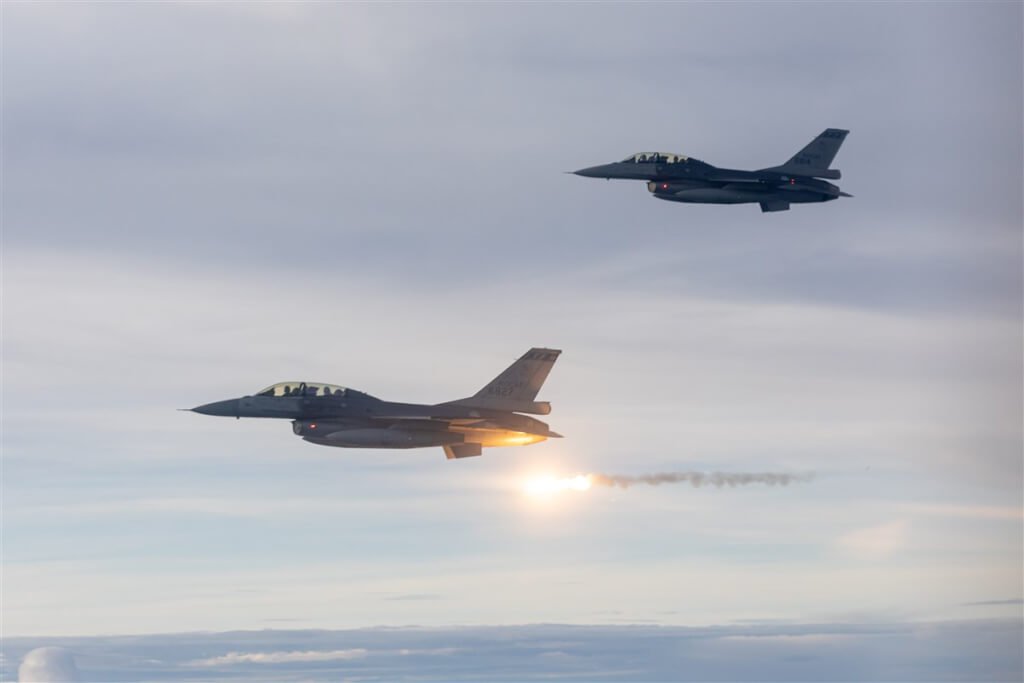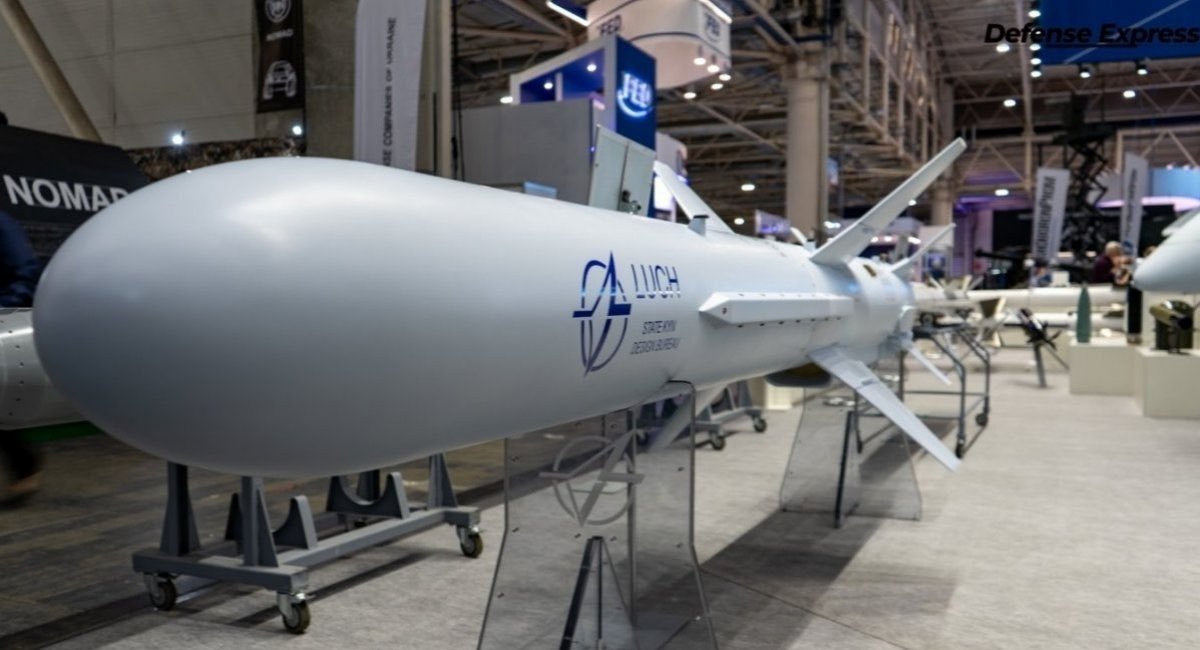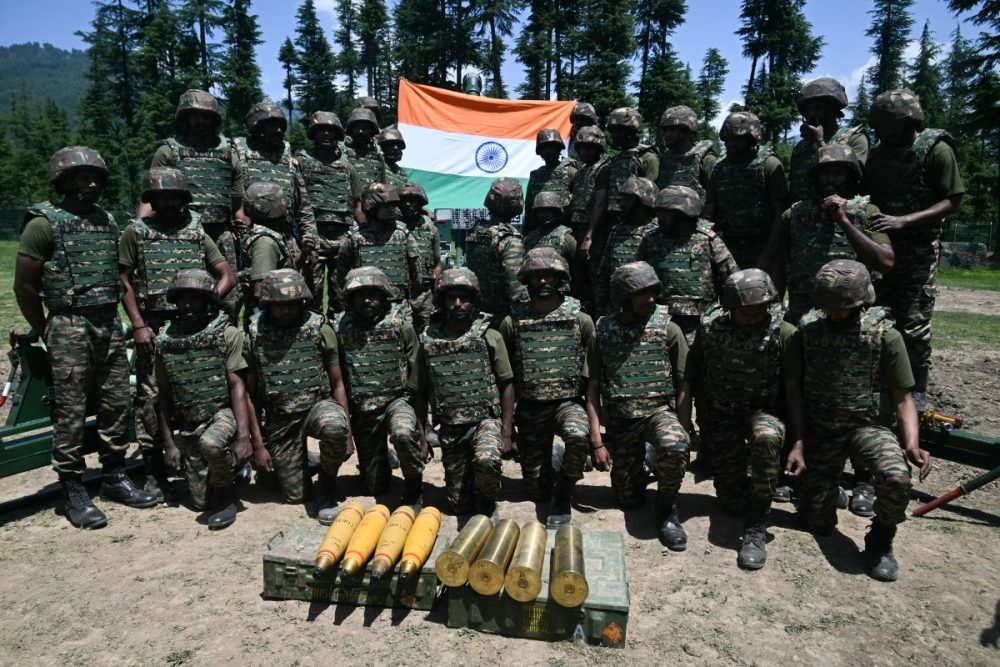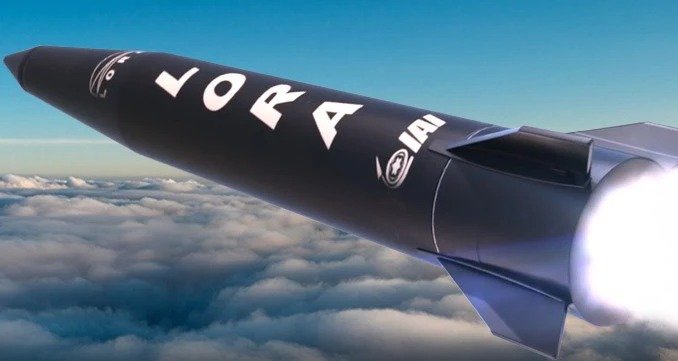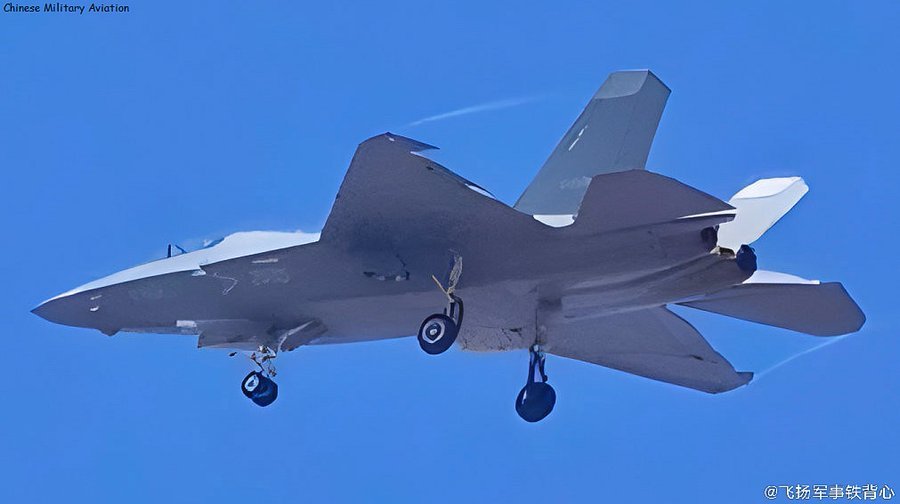A high-ranking official from the United Aircraft Corporation (UAC), Russia’s state-owned aircraft manufacturer, has disclosed that the country’s fifth-generation Su-57 stealth aircraft is being equipped with sixth-generation fighter technology.
Speaking on the ‘Military Acceptance’ broadcast, UAC’s Director General Vadim Badekha stated that the fifth-generation Su-57 fighter, a multi-role stealth aircraft, was developed with the “50-year modernization perspective” in mind and has received some elements of the sixth-generation combat aircraft.
“When creating this platform, we thought about at least a 50-year prospect of its development. Therefore, initially, the designers laid down the possibility of development and change by the customer’s requirements, and the requirements of the time. We are already introducing sixth-generation elements into this aircraft,” Badekha was quoted as saying by the state news agency TASS.
The UAC Director General did not specify the exact sixth-generation technologies that may have been incorporated into the Su-57.
When asked what sixth-generation features may have been incorporated into the aircraft, Air Marshal Anil Khosla (retd) told the EurAsian Times: “If the Su-57 has indeed incorporated elements of sixth-generation fighter technology, they are likely in the form of modular capabilities or groundwork for future upgrades.”
Air Marshal Khosla named a few features that may have been integrated into the Su-57: “The possible sixth-generation elements may include multi-spectral stealth, combat networking, manned-unmanned teaming (M-UMT) or loyal wingman flying with a manned fighter, integration of hypersonic missiles, directed energy weapons (DEWs), integrated sensor suite, and cyber-security resilience.”
Russia has been considering the development of a sixth-generation combat aircraft. Earlier this year, Evgeny Fedosov, Scientific Director of the State Research Institute of Aviation Systems (GosNIIAS), stated that Russia had set its sights on developing a sixth-generation fighter jet that could be deployed by 2050.
“Currently, we are thinking about the concept of a sixth-generation aircraft, conducting research and exchanging views with military specialists,” he noted at the time.
The sixth-generation fighter jet concept represents a new age of aerial warfare, which will largely focus on improved air-to-air combat performance and capability to breach restricted airspace to establish air superiority.
Several sixth-generation aircraft programs are ongoing worldwide: the US Next-Generation Air Dominance (NGAD), the Italy-UK-Japan-led Global Combat Air Program (GCAP), the France-Germany-Spain’s Future Combat Air System (FCAS), and the Chinese Baidi. On the contrary, Russia has yet to unveil the concept of a sixth-generation manned aircraft—unlike its rivals and peers—making Badesha’s remarks more intriguing.
Furthermore, the UAC chief’s latest assertions are noteworthy because many Western analysts have questioned whether the Su-57 could even qualify as a fifth-generation fighter.
Critics, for example, highlight design flaws, particularly the aircraft’s questionable stealth characteristics compared to aircraft such as the US F-35. Critics have even gone so far as to claim that rather than being a fifth-generation stealth fighter, the Felon is more like a highly developed fourth-generation fighter jet.
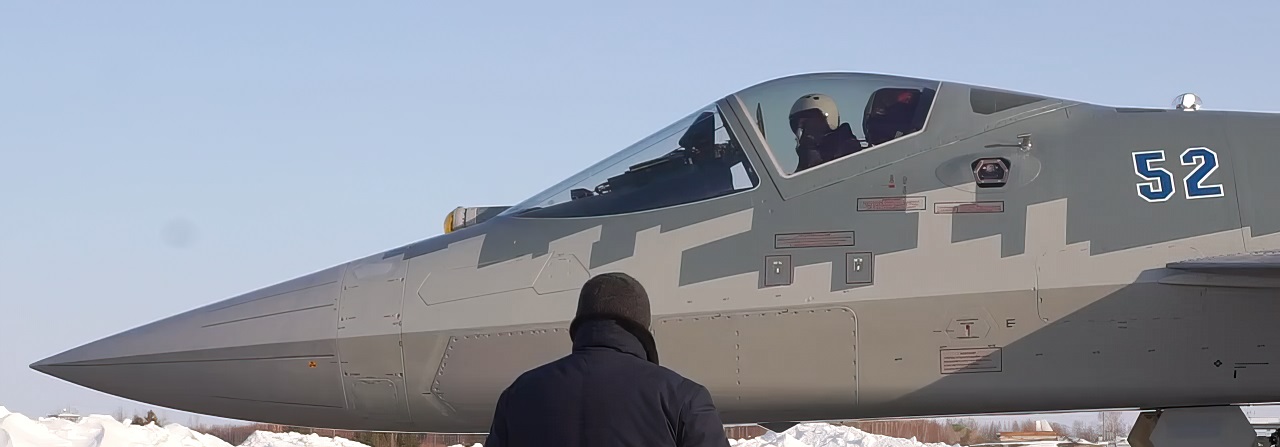
Russian Su-57 Is Riddled With Troubles
The claims of integrating sixth-generation novel technology into the Su-57 come as Russia is pushing the Su-57 in the export market, albeit with little success. In fact, the assertions could give rise to speculation about whether these calls are meant to attract customers as it is struggling to take off in the export market.
A host of challenges have held up the aircraft’s sale in the past few years—including a protracted war, production-related difficulties exacerbated by overbearing Western sanctions, and persisting doubts over the aircraft’s capability.
Additionally, experts often cite the agonizingly lengthy wait period between the aircraft’s first flight in 2010 and its introduction into service in 2020.
Moreover, the fact that actual manufacturing didn’t begin until 2019 further highlights the industrial limitations that have impeded the fifth-generation aircraft program.
Notably, fewer than 40 Su-57s have been built in Russia 14 years after the aircraft’s first flight. In sharp contrast, the PLA Air Force constructed and introduced hundreds of Chinese J-20s, while Lockheed Martin built over 1,000 F-35 Lightning II fighter jets for customers worldwide.
Russia currently finds itself in a bind, with its production capacity hit due to the ongoing Ukraine war and in the wake of the international sanctions slapped on its industry. The production delays have tarnished the reputation of the aircraft, which, otherwise, comes with cutting-edge avionics that improve its situational awareness and survivability, such as electronic warfare systems, IRST (Infrared Search and Track), and AESA (Active Electronically Scanned Array) radar.
Moreover, the aircraft has been conspicuously absent from combat in Ukraine. While the aircraft has been deployed in the ongoing war, its role has been limited to conducting air defense patrols from the safety of Russian airspace despite being a stealth aircraft. At least one Su-57 was also allegedly damaged or destroyed in a Ukrainian missile strike.
All of the above factors have made it very challenging for Russia to woo buyers for its fifth-generation aircraft. Only last month, the state arms exporter Rosoboronexport announced the first export order for the stealth aircraft, concealing details about the mysterious buyer. Algeria is speculated to be the first buyer, but the country has not yet made any indication of a deal.
Even if the aircraft has finally made its debut in the export market, its woes are far from over. Several Russian allies and partners that have historically bought Russian military hardware have been looking into other options to diversify their fleets.
Russia’s frustration with its inability to sell its fifth-generation aircraft has been palpable. For instance, Russia has renewed its offer to supply India with fifth-generation Su-57 stealth fighter jets. The latest pitch highlights advancements in combat capability, avionics, and stealth, including the incorporation of hypersonic missiles. Russia has reportedly lowered the cost of the aircraft and may even accept a special payment method in Indian rupees to make the deal more alluring.
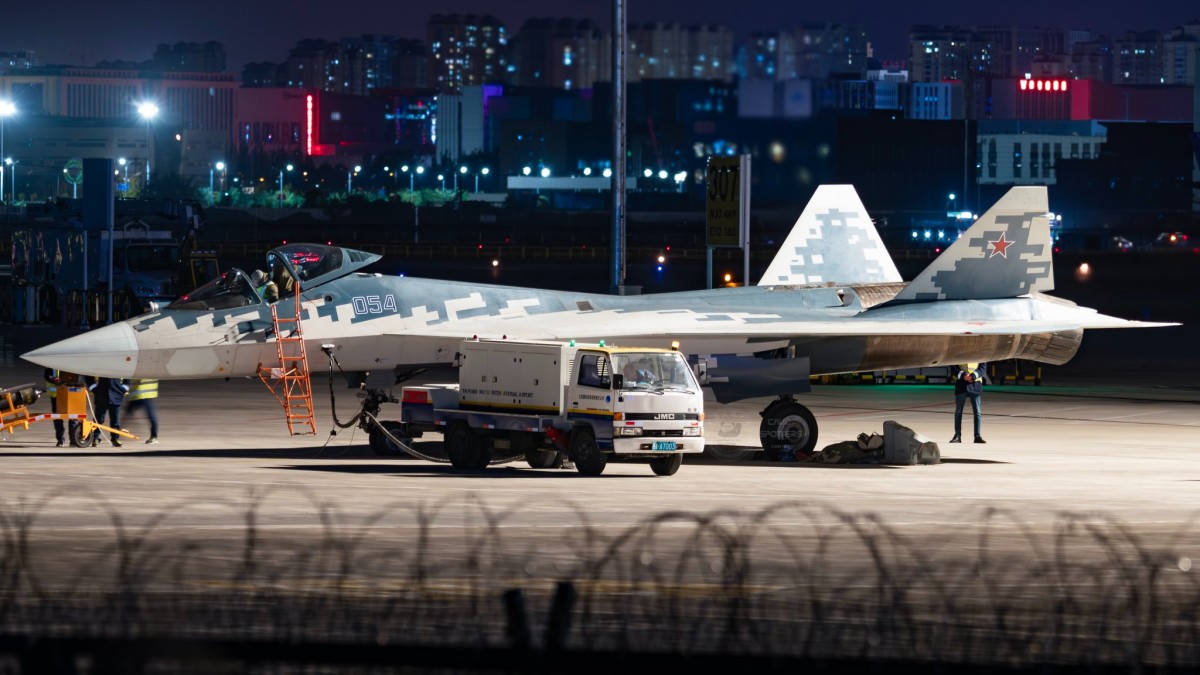
Indian Air Force veteran and a seasoned aviation expert, Air Marshal Anil Chopra (retd) told EurAsian Times: “Sixth-generation technology is still evolving, all novel technology takes time to mature. We don’t know what exactly Russia has integrated into the Su-57; it could be one or two new sixth-gen features, or it could be more. Even the fifth-gen aircraft of our time, including the Russian Su-57, the American F-35, and the Chinese J-20 are still maturing in terms of technology, they are getting new upgrades. Even if some of the sixth-generation features are introduced into the Su-57, it will take time for them to evolve.”
When asked by EurAsian Times whether these assertions are made to attract customers, Air Marshal Chopra said, “Of course, every seller of a product in the world does that. Russia is currently struggling with production and has inducted an insignificant number of aircraft into its own fleet, so it is likely pushing the aircraft for export by making tall claims. It does not mean that new technology cannot be integrated into the Su-57 but to what extent, that makes the difference. The success of these claims would depend on whether someone falls for it, or whether a targeted customer like India falls for it.”
Besides the US and China, Russia is the only country with an operational fifth-generation stealth aircraft. Since the US has put restrictions on exporting its fifth-generation fighter and China has not overtly promoted its stealth fighters for export, Su-57 could be a viable option for countries interested in buying a fifth-generation aircraft.
